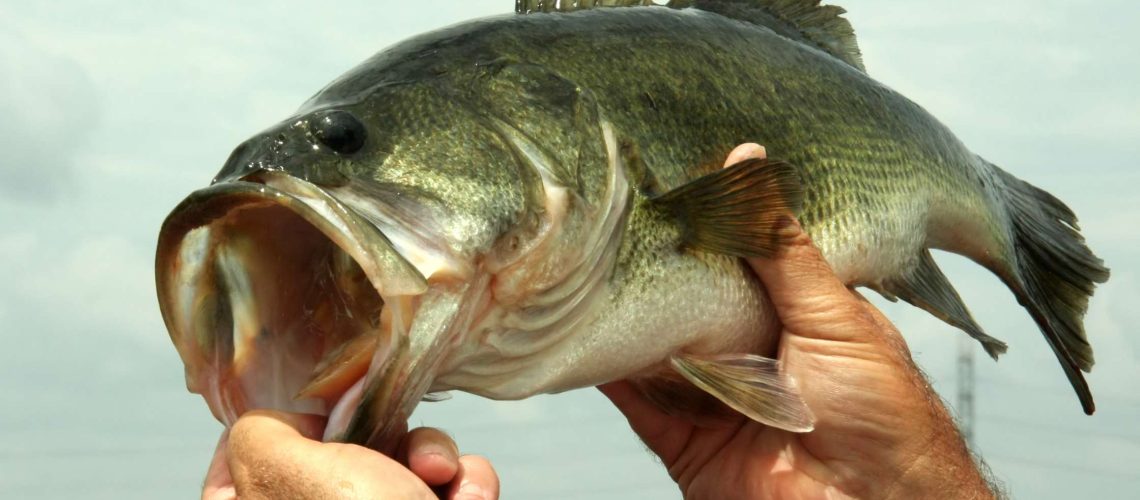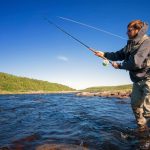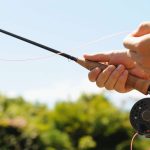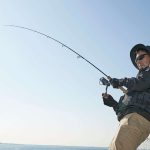Ever wondered how the wind could become a silent ally in your bass fishing expeditions? Imagine harnessing its power to enhance your angling skills and land those elusive bass.
By deciphering the subtle dance of wind currents on the water, you can unlock a realm of strategic advantages that might just turn the tide in your favor.
From subtle adjustments in boat positioning to the intricate interplay between wind and bait presentation, the secrets of leveraging wind patterns await your discovery.
Get ready to elevate your bass fishing game by mastering the art of using wind to your advantage.
Understanding Wind Patterns
When bass fishing, understanding wind patterns can significantly impact your success on the water. Wind plays a crucial role in the behavior of bass and the movement of their prey. By comprehending wind direction and speed, you can predict where bass are likely to be feeding.
For instance, bass often position themselves facing into the wind, waiting for baitfish to be pushed towards them. This knowledge can guide your lure placement and increase your chances of catching bass.
Moreover, wind influences the movement of the water, creating currents and stirring up aquatic life. Concentrate your efforts on fishing in areas where the wind is blowing towards, as this is where baitfish and other prey items will be pushed. By aligning your fishing strategy with the wind patterns, you can present your bait more naturally and effectively to the bass.
Positioning for Wind-Assisted Casting
To maximize the benefits of wind-assisted casting, position yourself strategically to take advantage of the natural airflow. When the wind is blowing towards you, stand with your back to the wind. This position helps you cast further with less effort, as the wind will carry your bait or lure out into the water.
Keep in mind that casting directly into the wind can be challenging, so adjust your position accordingly. If the wind is coming from the side, position yourself at an angle to the wind. This way, you can cast parallel to the direction of the wind, allowing it to assist in carrying your bait or lure along the desired path.
Using Wind for Bait Presentation
How can you leverage the wind to enhance your bait presentation while bass fishing?
Wind can be a valuable ally in presenting your bait naturally to the fish. When the wind is blowing towards the shore, consider casting parallel to the bank and allowing the breeze to carry your bait along the shoreline. This mimics the natural movement of prey and can attract nearby bass.
Additionally, casting into the wind can help you achieve longer casts, allowing your bait to cover more water and reach areas that are typically harder to access.
When the wind is at your back, try casting perpendicular to the shore and letting the wind drift your bait across potential bass hideouts. Be mindful of adjusting your casting angle and distance to account for the wind speed and direction, ensuring your bait moves naturally and entices more strikes.
Wind-Driven Drift Techniques
Utilize the natural force of wind to enhance your bass fishing techniques through strategic wind-driven drift methods. When bass fishing in windy conditions, consider using drift socks or sea anchors to control your boat’s speed and direction. These tools help slow down your drift, allowing you to cover more water effectively. By adjusting the size and number of drift socks, you can fine-tune your drift to match the bass’s activity level and feeding patterns.
Additionally, employing a controlled drift technique by using your boat’s trolling motor in conjunction with the wind can help you navigate specific areas with precision. Position yourself upwind of a potential bass hotspot and let the wind carry you over the target zone while casting your bait or lure towards it. This method allows for a natural presentation and can trigger strikes from bass that are actively feeding.
Remember to constantly monitor your boat’s drift speed and direction to make necessary adjustments for optimal fishing conditions. By mastering wind-driven drift techniques, you can effectively cover a larger area, increase your chances of catching bass, and enjoy a productive day on the water.
Wind as a Bass Location Indicator
When fishing for bass, pay attention to the wind as it can serve as a valuable indicator of their location. Here’s how the wind can help you locate bass:
1. Wind Direction: Bass tend to gather where the wind is blowing food towards them. Look for areas where the wind is pushing baitfish or insects, as bass will likely be nearby waiting to feed.
2. Wind Breaks: Wind creates current and oxygenates the water, but it can also make fishing challenging. Seek out areas where the wind is blocked, such as coves, points, or structures like docks and fallen trees. Bass may use these calm spots to conserve energy while still having access to food brought in by the wind.
3. Surface Disturbances: Wind causes ripples and waves on the water’s surface, making it harder for bass to see your lure. However, these surface disturbances can also indicate where bass are actively feeding. Target areas where you see sudden splashes or disturbances caused by bass chasing prey near the surface.
Optimizing Bass Fishing Success with Yellow Bird Fishing Products
Now that you’ve learned how to harness the power of the wind for bass fishing, you’re ready to take on the water with confidence.
By understanding wind patterns, positioning strategically, and using wind-driven techniques, you can increase your chances of landing that prized bass.
Remember to stay observant of the wind and be adaptable in your approach.
With these tips in mind, you’ll be well on your way to mastering the art of using wind to your advantage in bass fishing.
Enhance your bass fishing skills by leveraging the power of wind with Yellow Bird Fishing Products. Contact us at (815) 469-9686 to gear up for your next adventure.





